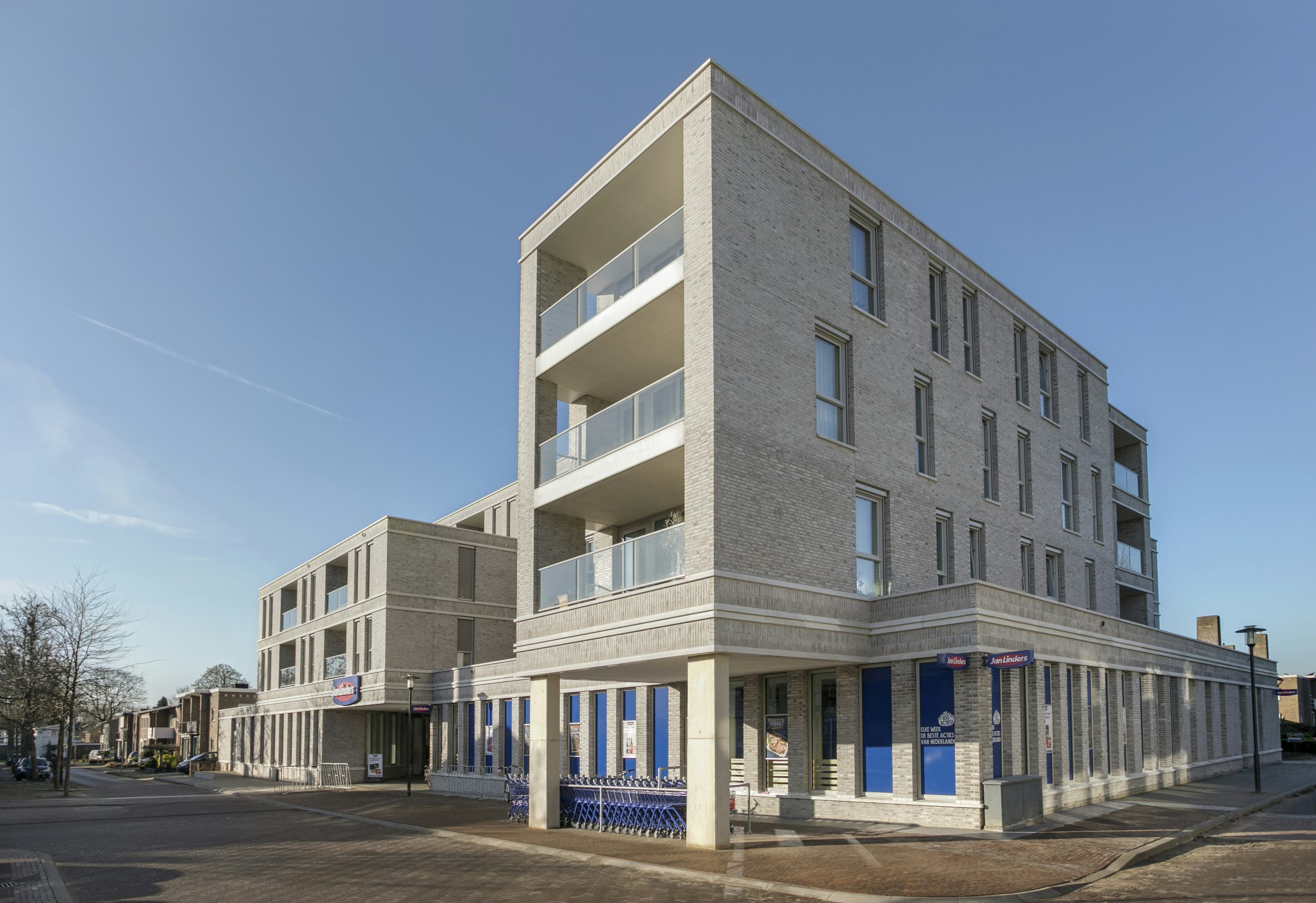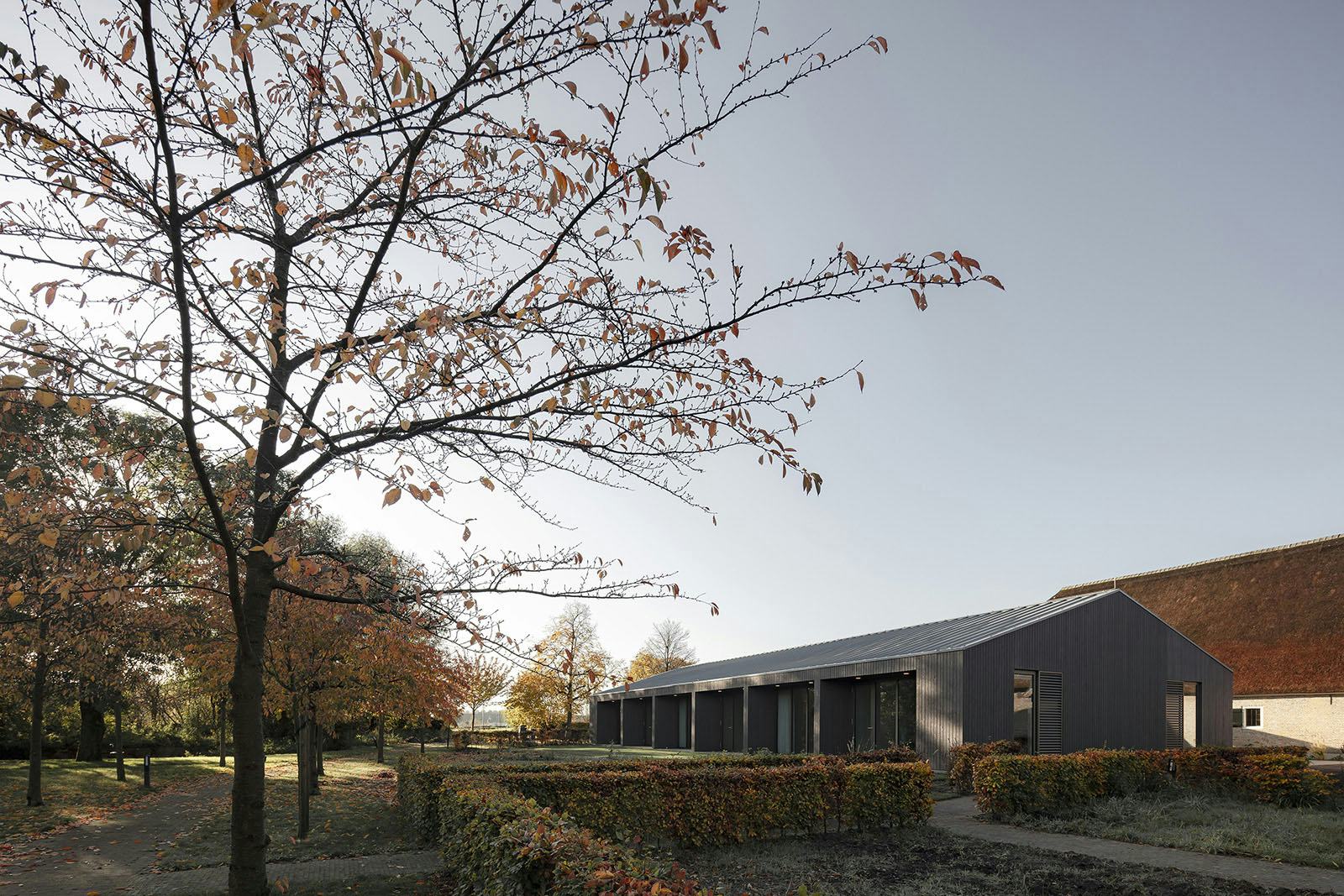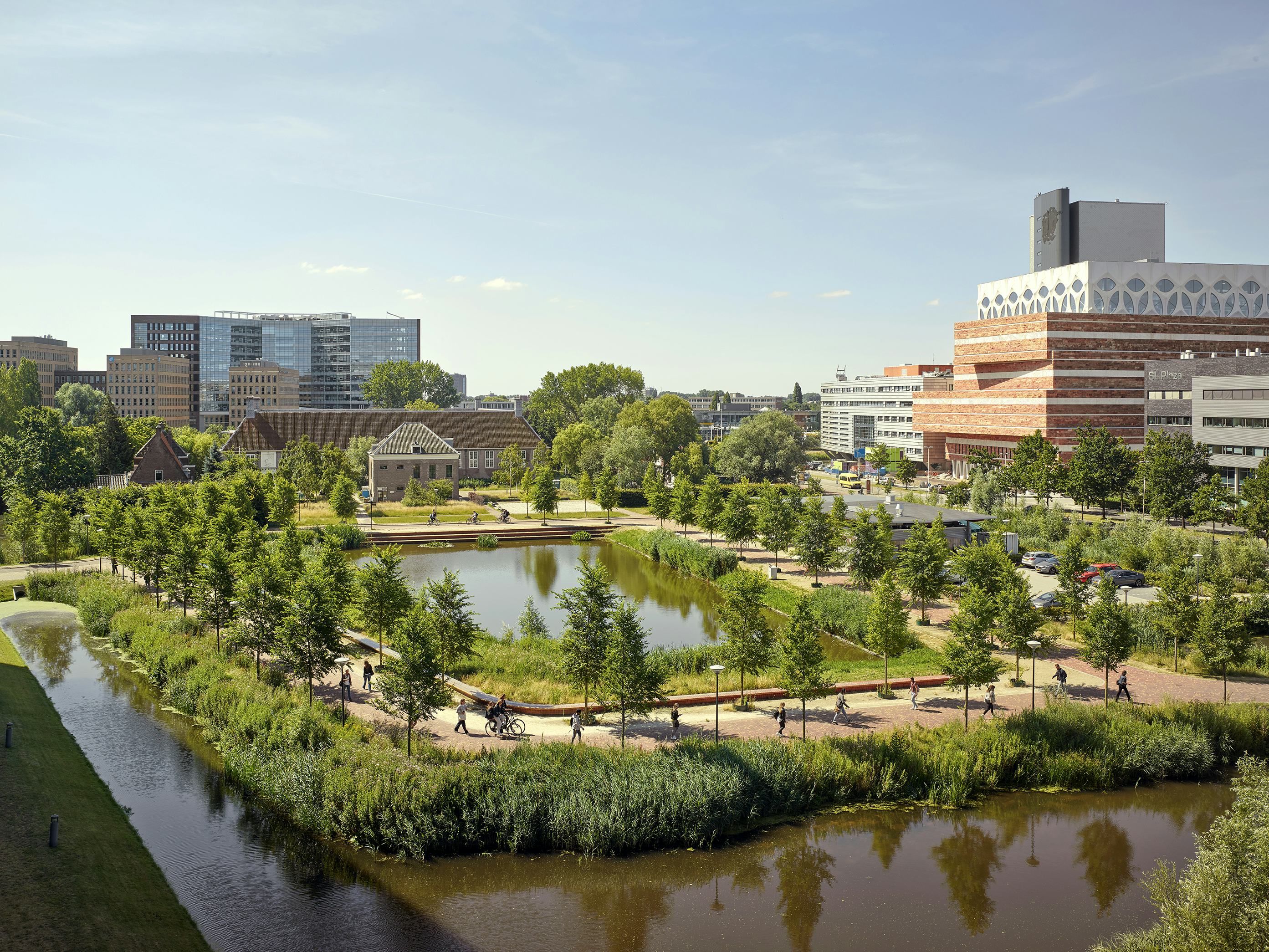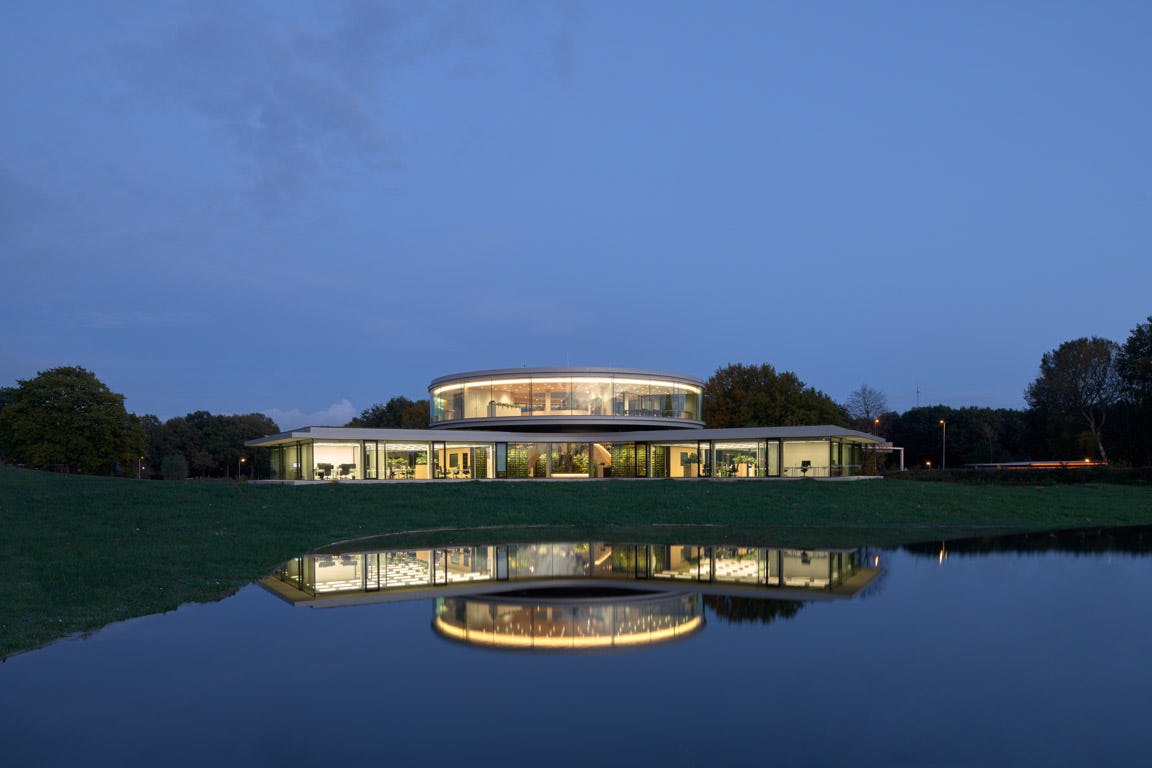Toelichting door Studio Sway - Aquatecture is a panel designed to harvest rain water in the dense urban environment. When integrated with technology, it could harvest moisture from the atmosphere. Aquatecture can be installed as a façade panel on buildings making water harvesting an integrated building feature. It can also be used as free standing elements in landscapes, creating water harvesting stations at various nodes throughout cities. Traditional architecture requires water to be kept out and away from a building, often flowing into stormwater drainage systems and picking up dirt along the route. Given the increasing need to save water resources combined with climate change, dense cities and recurring droughts and floods taking place in parts of the world, Shaakira envisioned buildings that could harvest and sustain their own water needs.
Aquatecture is designed to collect falling rainwater as it trickles over the open punctures of the panel. The water that is collected is transported down to a collection tank and could be pumped back into the building’s grey water system, or stored for later use. Shaakira has reimagined a traditional practice like water harvesting, which usually requires space and doesn’t easily fit into the urban aesthetic, into something that is compact and easier for people to engage with. The main goal was to create a water harvester that would fit in dense urban spheres through its compactness, visual identity and ability to integrate into architecture.




